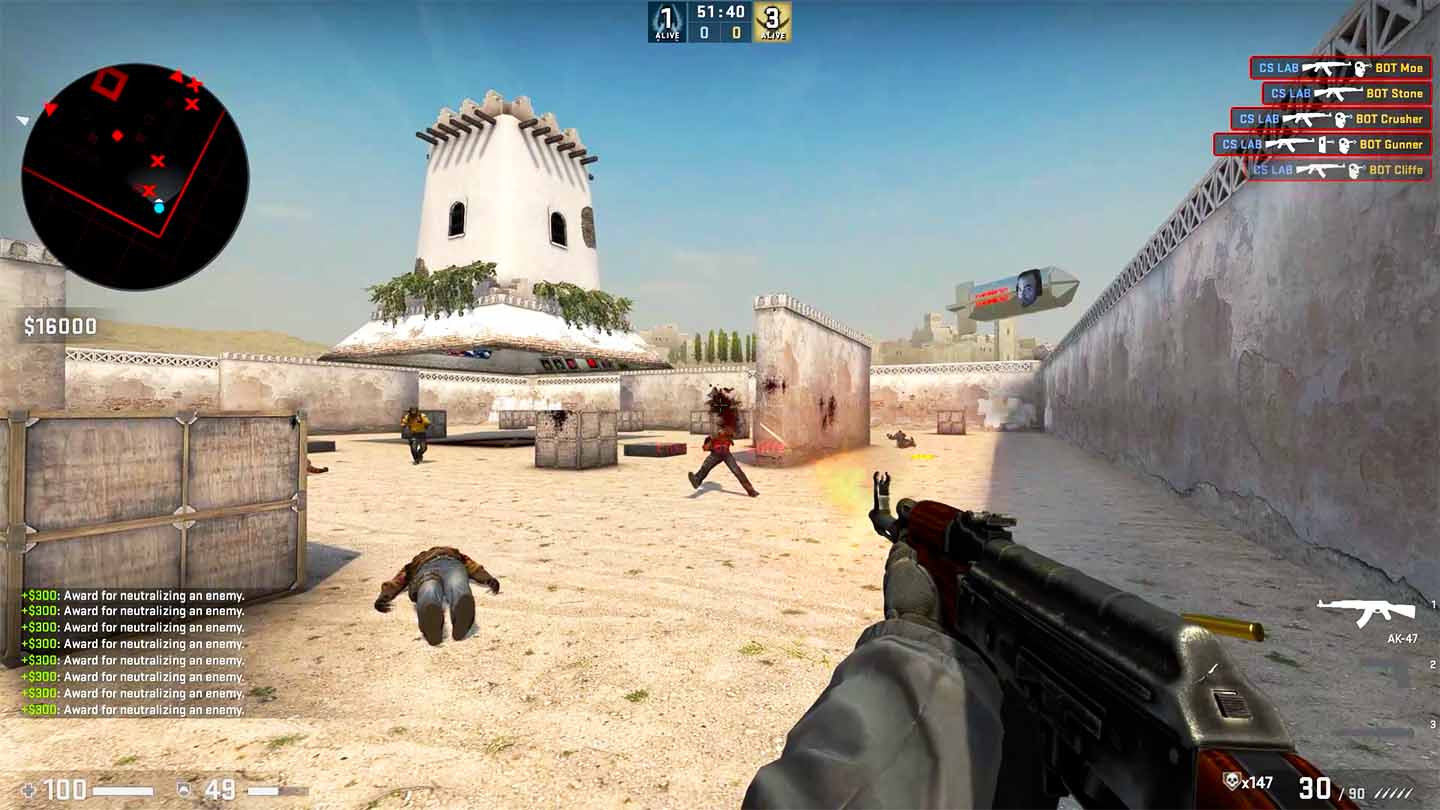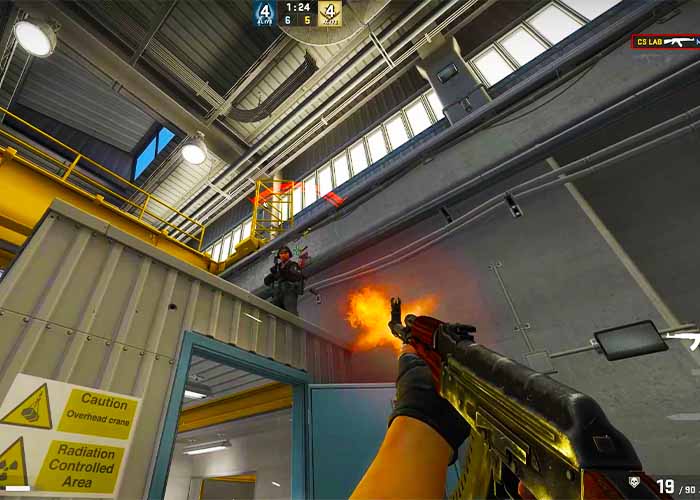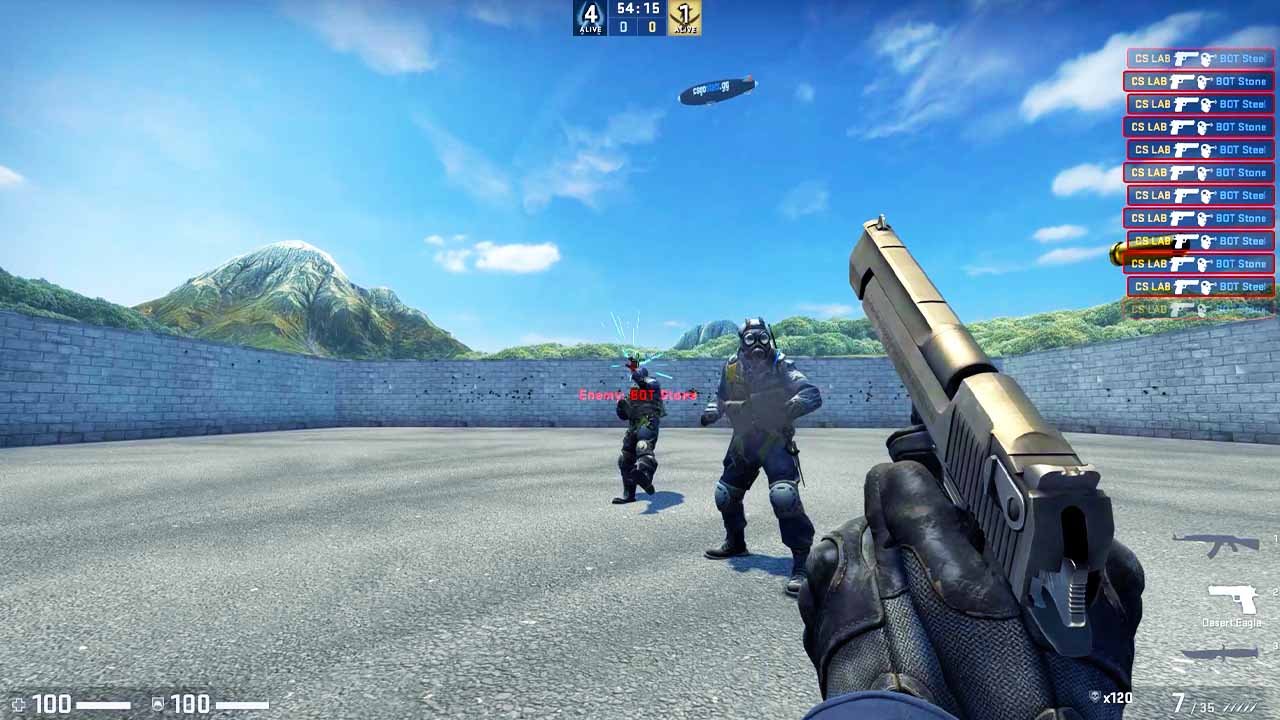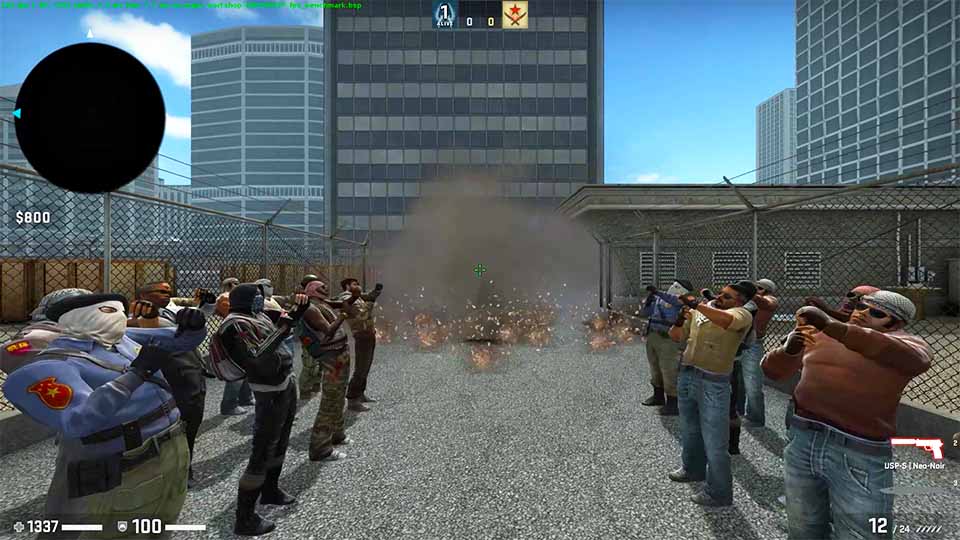How Much Time Should You Spend on Aim Training?
Well, that largely depends on how much time you have available, your ability to recover, and how much motivation and focus you can muster. Clearly, the more motivated you are, the more focus you can apply to your aim training. Heightened focus actually means you can get by with less training per session, as the quality is higher and thus you get more value of your training time. At the same time, it’s important to note that no matter how much motivation you might have, your focus will always have a finite capacity.
Limit Training time to Your Focus Capacity
Scientific literature indicates that at best, you can maintain the same degree of focus for about 90 minutes, after which it naturally begins to decline. This dip in focus is due to completely natural physiological processes in the body, which are beyond our conscious control. Often, the decline in focus will occur before the 90-minute mark. Of course, there are exceptions where you won’t feel this natural drop in focus.
Based on this, it doesn’t pay off to have your aim training last longer than 90 minutes at a time. If you train longer than you can maintain a focused state, the quality of your training will start to drop drastically.
Practicing Beyond 90 Minutes Per Day
So, you might be thinking, can’t I train more than 90 minutes a day? Yes, you certainly can, you can simply have more than one training session. The time between sessions doesn’t even need to be particularly long, you can get by with a break of 10 minutes and you will once again be able to maintain focus for up to 90 minutes. However, you should not train longer per session than you can stay focused on your aim training.
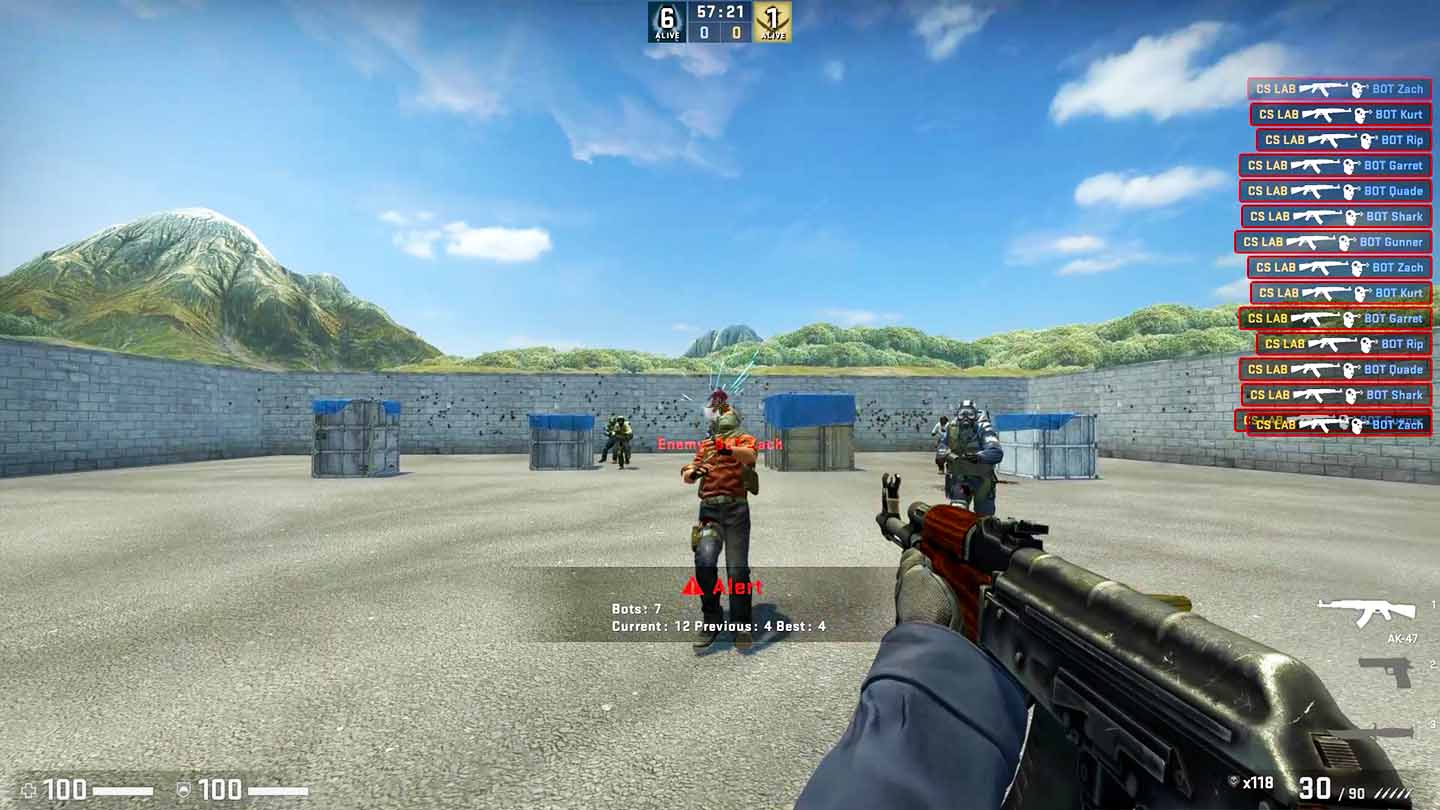
Focus on recovery
If you’re new to aim training, you might easily experience a burning sensation in your forearm. This happens because your hand and fingers, which hold and control the mouse, are controlled by the muscles in your forearm. If the muscles aren’t used to being used, they probably have low endurance capacity and thus burn out faster.
If your muscles tend to burn quickly, try maintain a lighter grip on the mouse. If you hold the mouse very tightly, you will use additional energy and your muscles will tire more easily.
To prevent muscular exhaustion, you should integrate brief rest periods into your aim training routine These rest periods can range from a few seconds to several minutes. The purpose of the breaks is to let your muscles recover briefly which allows you to practice for longer.
Recover for next aim training session
Once you’ve completed your aim training and any subsequent games, your focus should shift towards recovery for the next session. You do this, among other things, with a healthy lifestyle focusing on getting a good night’s sleep, eating a sufficient amount of nutritious food, and moving your body away from the computer.
If you fail to recover sufficiently between each aim training session, over time, you will experience more depletion than growth. Consequently, you get an injury or run out of motivation. Therefore, you should not practice more than you can handle, to ensure that you do not run out of energy or end up overloading your joints and muscles.

How much time do you have available?
Of course, it makes sense that the more time you have, the better you can structure your training. This means that in periods where you have more time available, you can advantageously divide your training into two daily practice sessions, for example one in the morning and one in the evening. This way, you create better conditions for maintaining optimal quality in each training session, where focus is high and the risk of injury is low.
Making the Most of Aim Training When Time is Limited
In contrast, there may be periods where your available time is limited. This could be due to work, school, family, or other life events. During these times, it’s crucial to adapt your aim training schedule to fit within these constraints, while still ensuring effectiveness. Here, it’s even more important to prioritize quality over quantity. Instead of trying to squeeze in two sessions, you might only be able to manage one. That’s perfectly fine. The key lies in optimizing the efficiency of that single session.
Conclusion
In the end, the optimal duration for aim training is not a one-size-fits-all answer. It’s a balance of maintaining focus, allowing for recovery, and fitting into your available time. Remember, quality trumps quantity. Aim for focused, effective training sessions rather than long, draining ones. Listen to your body, take breaks, and ensure you’re living a healthy lifestyle outside of training. With these strategies, you’ll be on your way to improving your aim in a sustainable and effective way.
